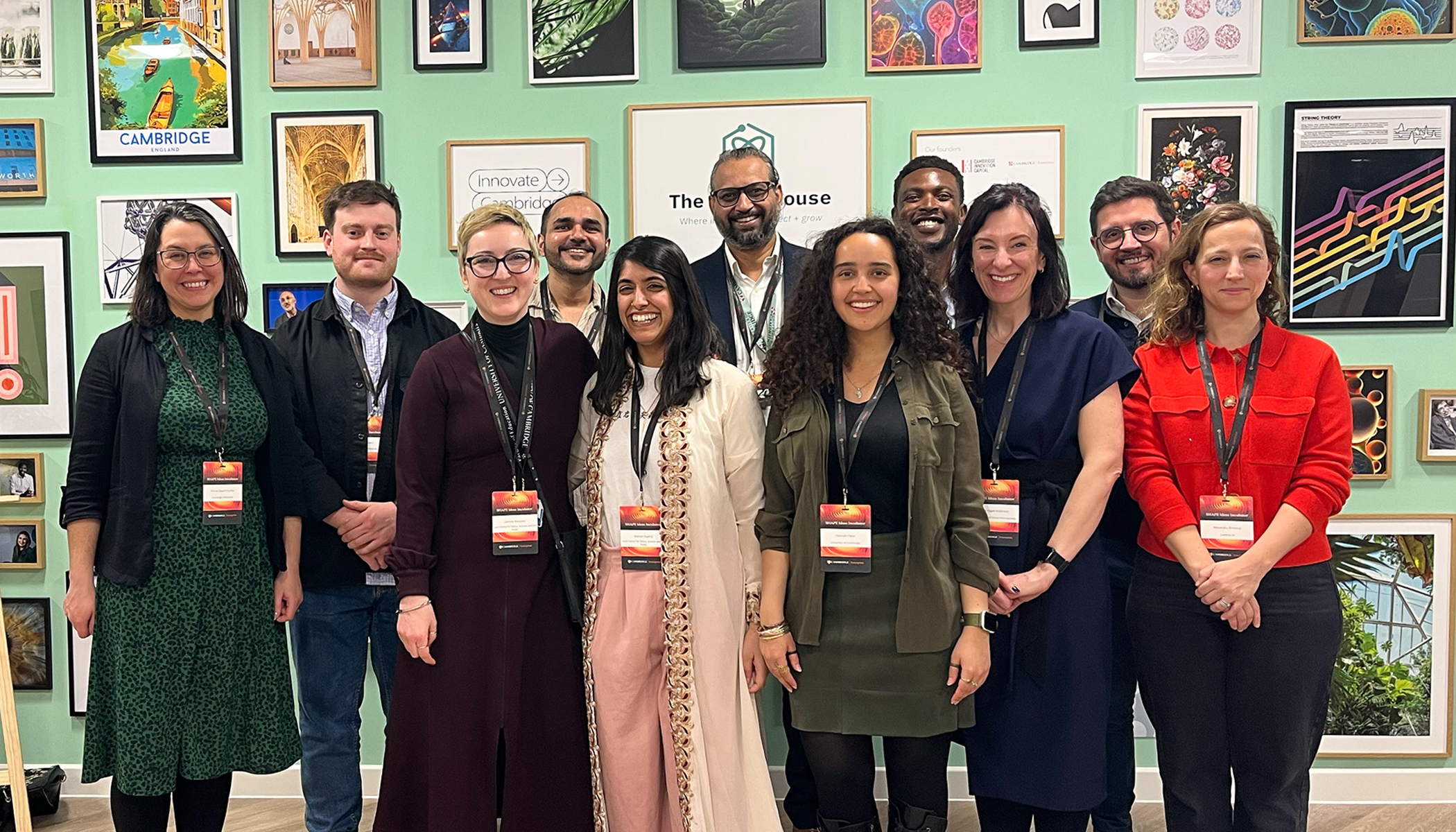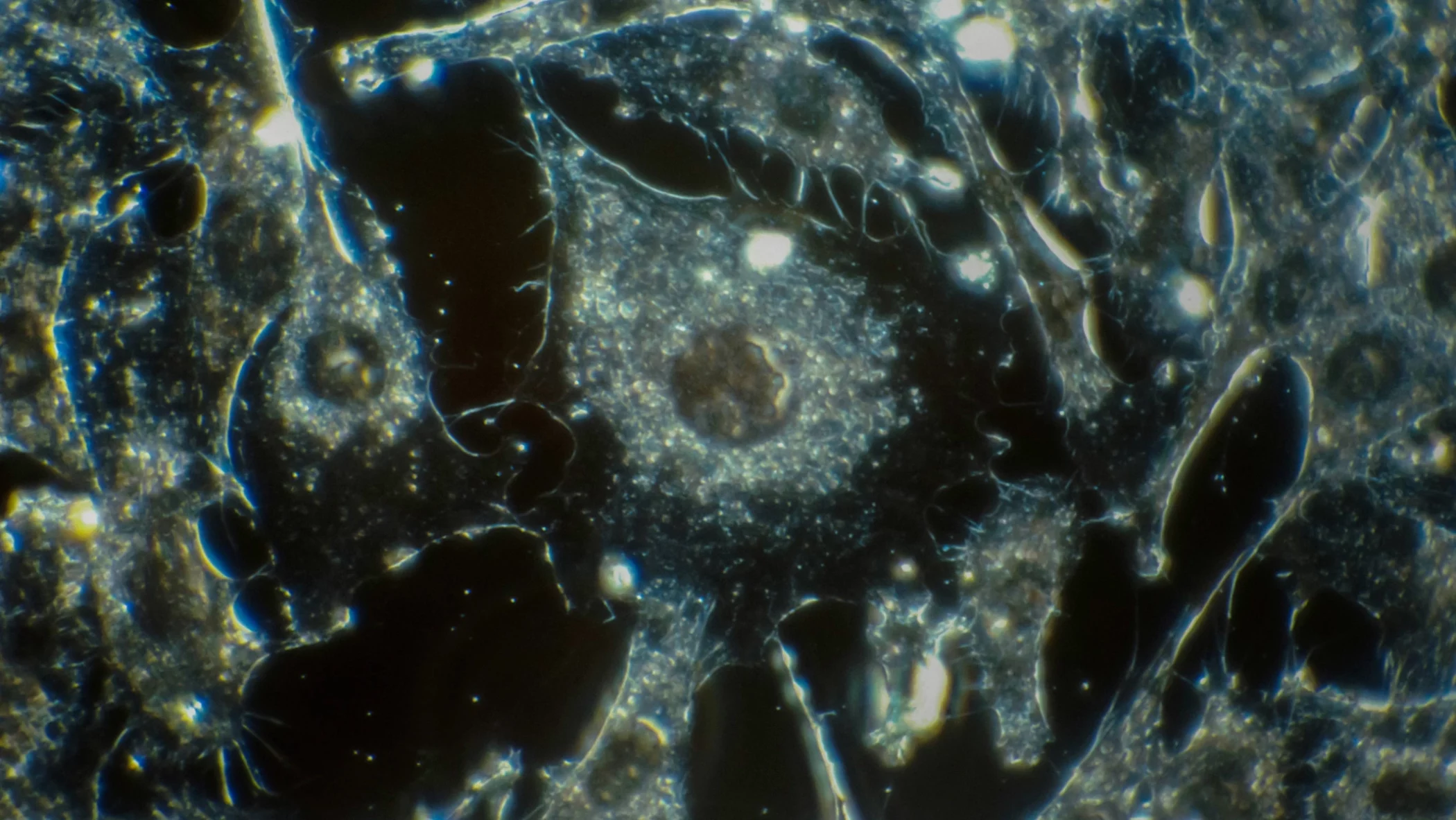A software tool which uses quantum mechanics to allow designers to predict the properties of materials has reached the commercial milestone of $30 million in sales.
CASTEP, based on the research of Professor Mike Payne of the University’s Cavendish Laboratory, is a software product which allows researchers to determine what the most stable structure of a new material would be, what its surfaces will look like and how the bulk and the surface will behave when exposed to different chemicals.
CASTEP is widely used in the oil and gas, chemical and semiconductor manufacturing industries, where along with other techniques, it can be used to enhance the efficiency of processes, and help identify the origin of failures in devices and products.
When CASTEP came along, for the first time you could learn something about the system before the system is even made.
Professor Mike Payne
The code uses the principles of quantum mechanics to describe phenomena at the atomic level. Using quantum mechanics enables different properties of a material to be determined in a computer, allowing researchers to peer inside a figurative Schrödinger’s box.
The software is based on density functional theory, which is used to describe the systems of electrons in which the energy is directly related to the density of those particles. Researchers can “pour” electrons into the CASTEP box and the software works out how the electrons will be distributed and, from this, determines the energy of the system. It can also tell whether the atoms are located where they should be or not, and can help to move the atoms to more favourable arrangements if desired. CASTEP can also predict many different spectra, such as infrared or nuclear magnetic resonance (NMR), allowing many different characteristics to be determined using a single piece of equipment.
“When CASTEP came along, for the first time you could learn something about the system before the system is even made,” says Professor Payne. “It was basically the first materials code where all of the complexity was taken out and you were left with a black box that is rigorous, robust and reliable.” It was also the first such code to be made available on parallel computers, allowing many processors to be used simultaneously, providing access to much larger and more complex systems.
CASTEP is another high-profile software success to come from the Cambridge cluster, home to more than 300 software companies, including $10 billion company ARM. The code was first licensed by Cambridge Enterprise, the University’s commercialisation arm, to Cambridge-based software company Accelrys in 1995, and has recently passed $30 million in sales.
It is unusual for a piece of software to be so long-lived. “Software can have that sort of lifespan, but you can’t stand still,” says Professor Payne. “The thing about academic software is if you do it right, there need not be any delay between academics developing new capabilities and functionalities for the software and providing exactly the same capabilities to the commercial customers.”
Professor Payne attributes the product’s success to a continuous process of development and improvement which included a complete re-write of the code that was done by the CASTEP Developers Group between 2000 and 2003. “In contrast to the code re-writes in the ASCI programme in the United States, in which each re-write cost $25 million, CASTEP was re-written by six people in their spare time at a fraction of that cost.” The code is free for any UK-based academics to use, and more than 750 academic papers based on CASTEP calculations were published in 2012. Commercial sales and a recently launched low cost European academic release are handled by Accelrys.
A potential area of future growth for CASTEP is in the pharmaceutical industry, where it is starting to be used in combination with solid-state NMR to detect impurities in drug molecules.
Since the development of CASTEP, the cost of performing calculations has become so low that tens of thousands, or even millions, of calculations can be performed. There are now significant opportunities for exploiting this using the data mining techniques developed in other fields. With the volume of calculations that are now possible, researchers may soon be able to design a new material based on the properties they would like it to have, rather than determining the properties of a material which already exists.
However, Professor Payne says CASTEP cannot solve the paradoxes of quantum mechanics or deal with all the complexities of materials behaviour on its own. “CASTEP is a tool to help us understand very complicated problems,” he says. “Occasionally, it can solve the problem by itself, but the reality is the more tools you can bring to bear on such complex problems, the better.”
Tags: CASTEP, material, Mike Payne, quantum mechanics, software, structure











